ENG
Hello, my dear friends!
I hope everyone is well.
Do you already know Forró?
Forró is a musical rhythm and a traditional dance style from the northeast region of Brazil. Several curiosities surround this rhythm, which is very popular and hosts dances throughout the country.
There are two aspects to the origin of the name, one that sounds more truthful as it has some recorded historical data and another that is quite popular, but lacks historical confirmation.
The first version says that initially, the name of the rhythm was forrobodó and that the name would be a Galician-Portuguese variation of the French term "faux-bourdon" and that it could have the meaning of intonation. Over time the name was shortened to just Forró.
The second version says that the current name derives from an English expression. They say that at the time of the construction of the Great Western Railway in the Pernambuco region, English engineers threw parties for important people in the city, and at a certain point the party was open to the public. As a result, the invitations to the general population had the term "for all" written on them, which was adapted by the locals to their local pronunciation, resulting in the term forró.
Regarding its emergence, it points to popular dances from the 19th century, which were held in spaces with dirt floors. Before the parties, the floor was wet and compacted, so the public danced without lifting their feet too much from the floor to avoid raising dust in the dance hall, and there was born the term "arrastapé" or rastapé" and the dance style. Forró rhythm today has several variations, such as Xote, Xaxado, Arrasta Pé, among others, ranging from a slower beat to a very accelerated one.
The style was widely publicized between the 60s and 70s, with the migration of northeasterners looking for work in the large cities of the southeast and central west of Brazil. Today the Forró day is celebrated on December 13th as it is the birth date of one of its greatest exponents, Luiz Gonzaga.
There are even more curiosities about this story. I invite you to learn more about this traditional rhythm from northeastern Brazil that invaded the country with its beautiful songs and dance style.
I hope you enjoy today's photographs and the story shared.
Everyone stay safe and we'll see you next time.
See more about "Forró" at: https://brasilescola.uol.com.br/cultura/forro.htm
PT-BR
Olá, meus queridos amigos!
Espero que estejam todos bem.
Vocês já conhecem o Forró?
Forró é um ritmo musical e um estilo de dança tradicional da região nordeste do Brasil e existem diversas curiosidades que cercam este ritmo que hoje em dia é muito apreciado e embala bailes em todo o país.
Existem duas vertentes para a origem do nome, uma que soa mais verídica pois conta com alguns dados históricos registrados e outra que é bastante popular, mas que carece de confirmação histórica.
A primeira versão, diz que inicialmente o nome do ritmo era forrobodó e que o nome seria uma variação galego-portuguesa do termo em Frances "faux-bourdon" e que poderia ter o significado de entonação. Com o tempo o nome foi encurtado para apenas Forró.
A segunda versão, conta que o nome atual deriva de uma expressão inglesa. Dizem que a época da construção da ferrovia Great Western na região de Pernambuco, os engenheiros ingleses davam festas para pessoas importantes da cidade e em um determinado momento a festa era aberta ao publico. Com isso os convites a população em geral levavam escrito o termo "for all" e que foi adaptado pelos locais a sua pronuncia local, chegando ao termo forró.
Com relação ao seu surgimento, aponta se para bailes populares do século XIX e que eram realizados em espaços com chão de terra. Antes das festas o chão era molhado e compactado, de forma que o publico dançava sem levantar muito os pés do chão para evitar levantar poeira no salão de dança e daí surge o termo "arrasta pé" ou rastapé" e o estilo de dança. O ritmo Forró hoje tem diversas variações, como Xote, Xaxado, Arrasta Pé, entre outros, que vão desde uma batida mais lenta até uma bem acelerada.
O estilo foi muito divulgado entre as decadas de 60 e 70, com a migração dos nordestinos em busca de trabalho nas grandes cidades do sudeste e centro oeste do Brasil. Hoje tem sua data comemorada no dia 13 de dezembro por ser a data de nascimento de um de seus maiores expoentes, Luiz Gonzaga.
Existem ainda mais curiosidades sobre esta história e os convido a que conheçam mais deste ritmo tradicional do nordeste brasileiro e que invadiu o país com suas belas canções e seu estilo de dança.
Espero que gostem das fotografias de hoje e da história compartilhada.
Fiquem todos bem e nos vemos na próxima.
Veja mais sobre "Forró" em: https://brasilescola.uol.com.br/cultura/forro.htm
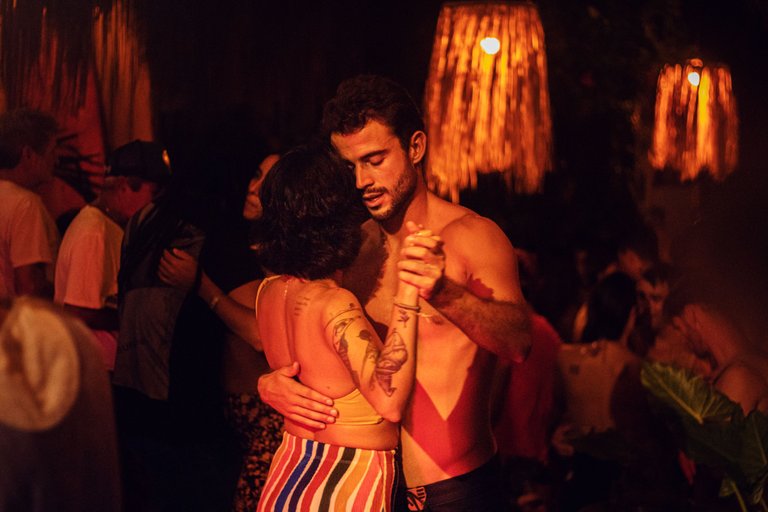
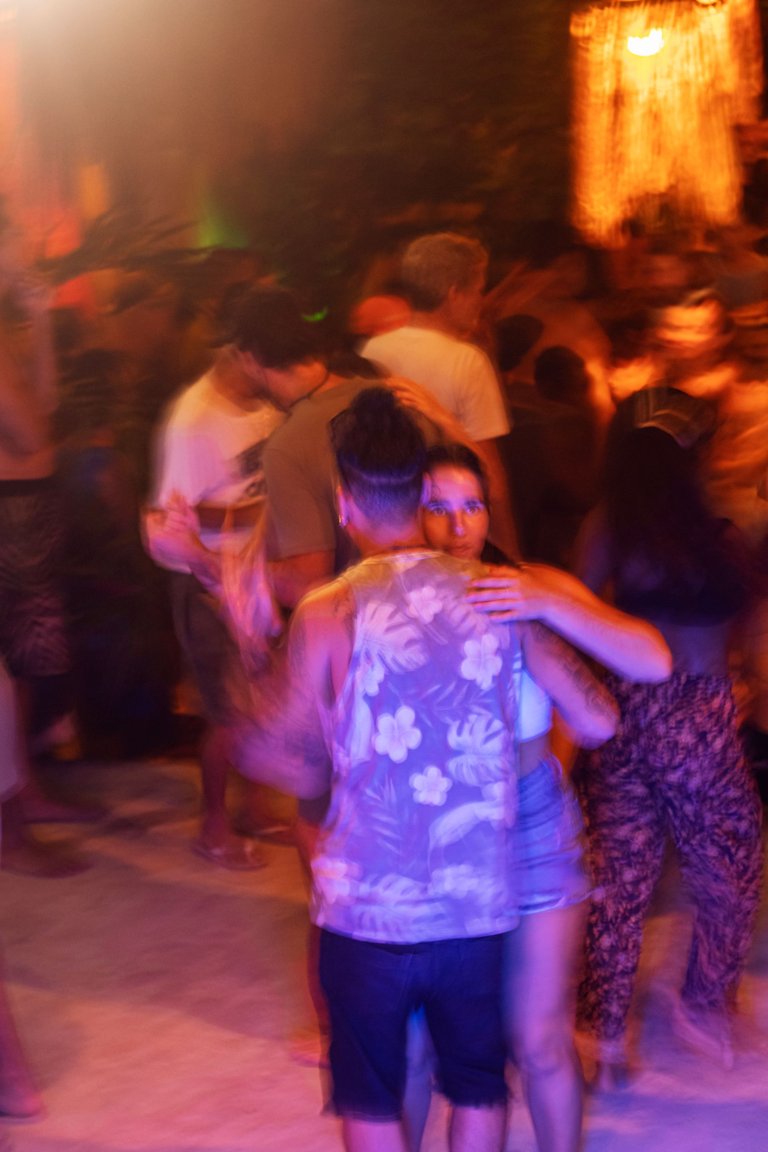
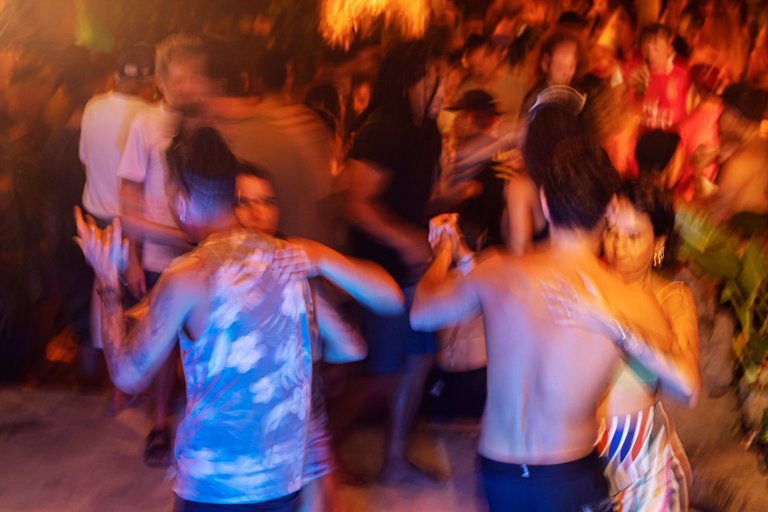

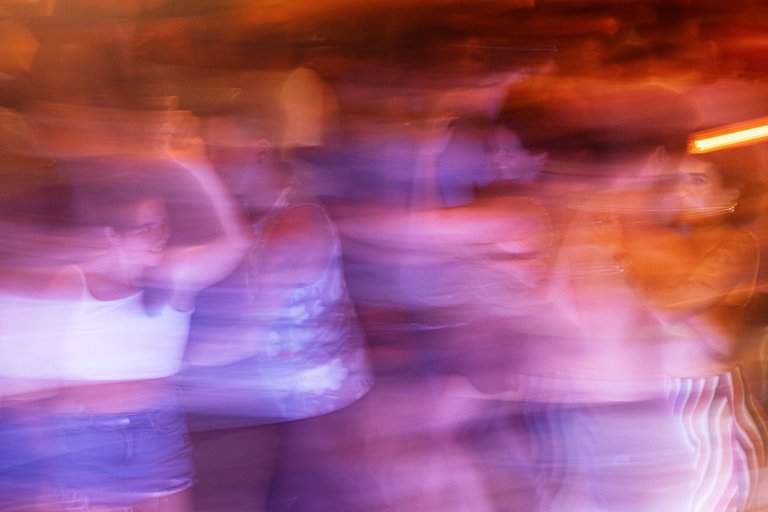
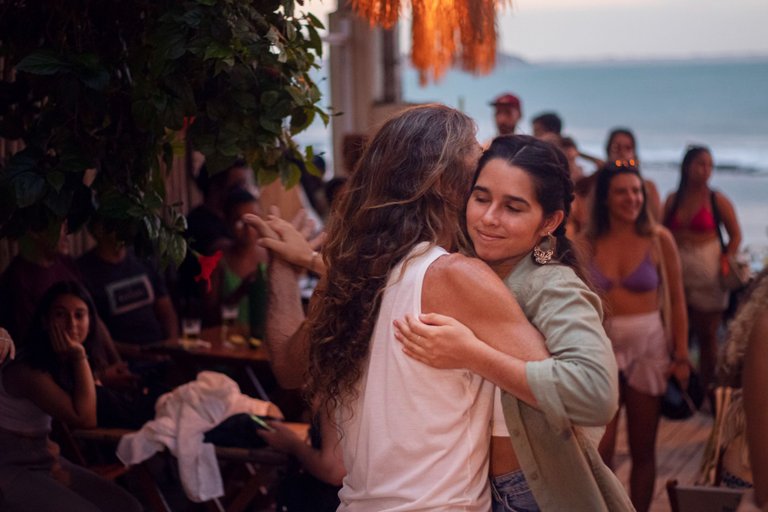
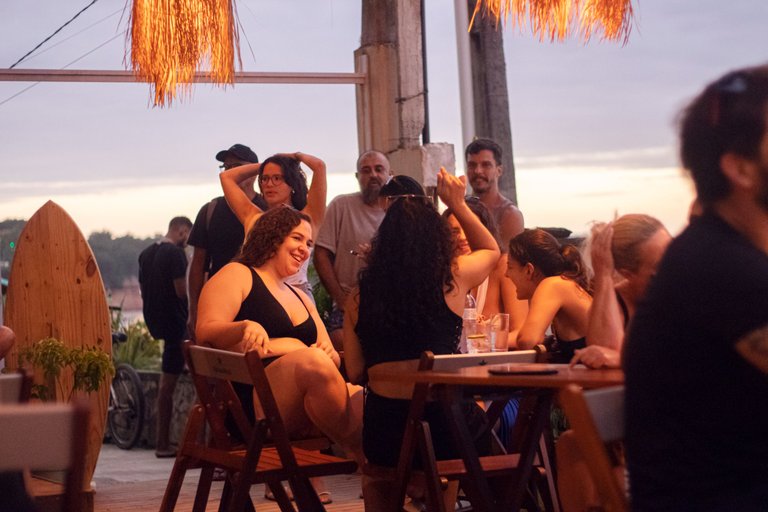
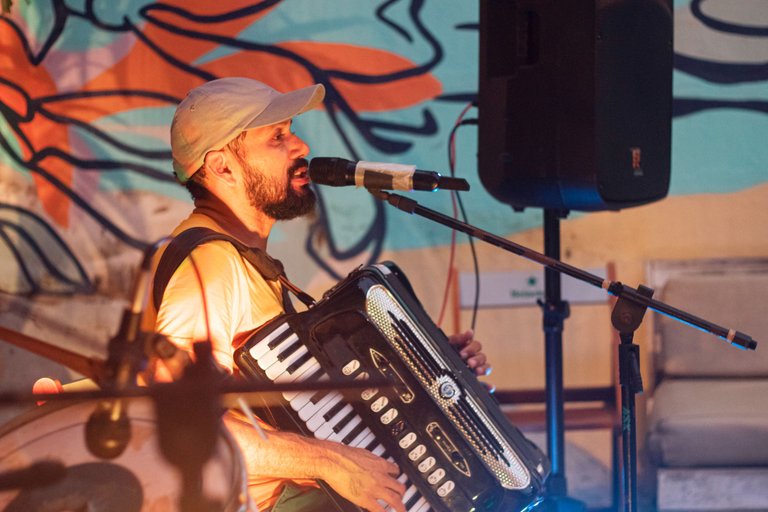
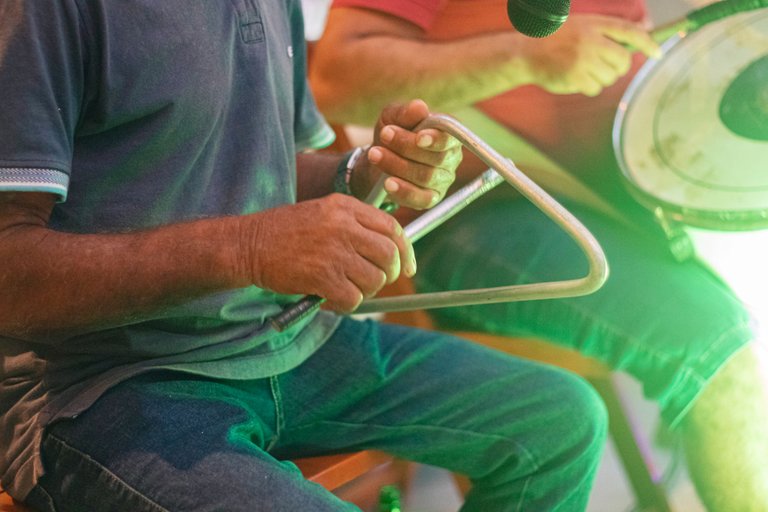

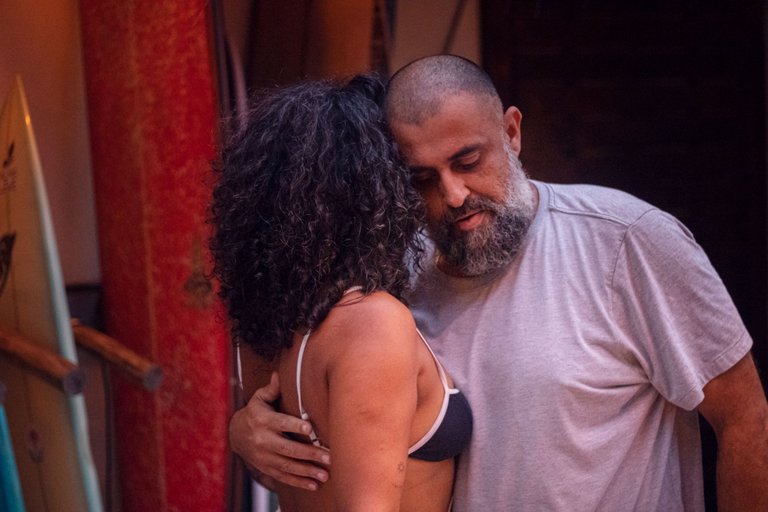
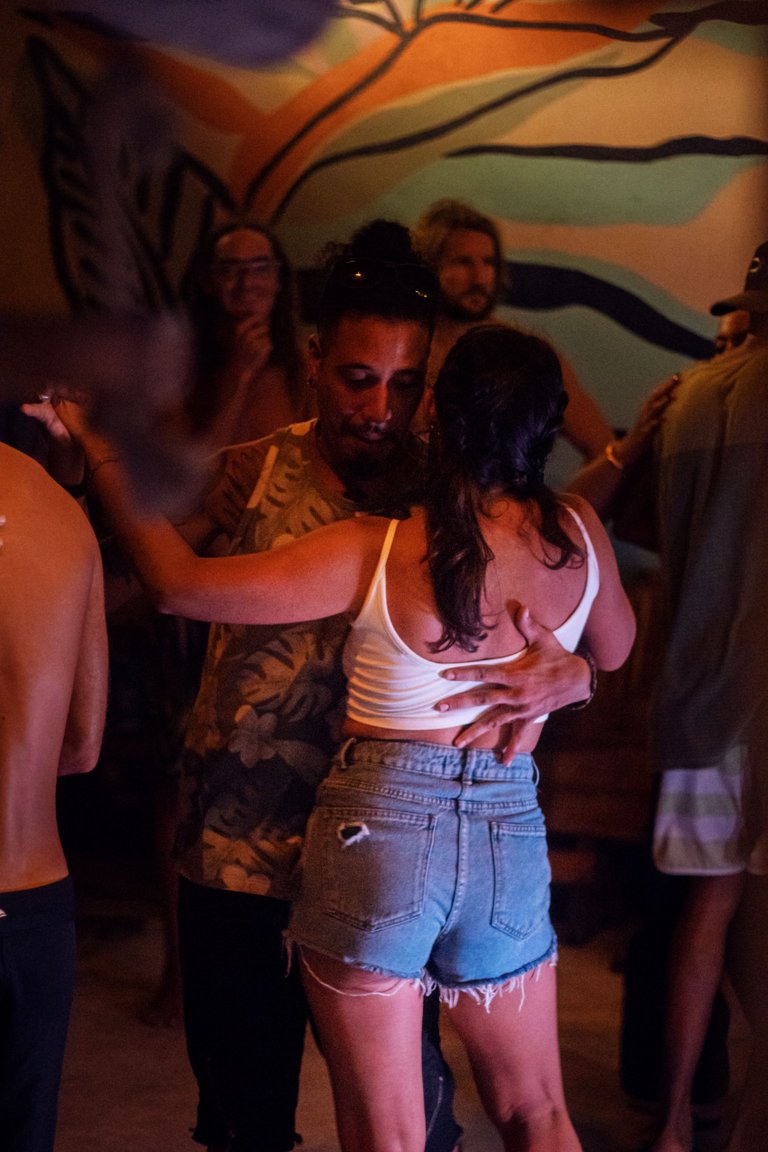
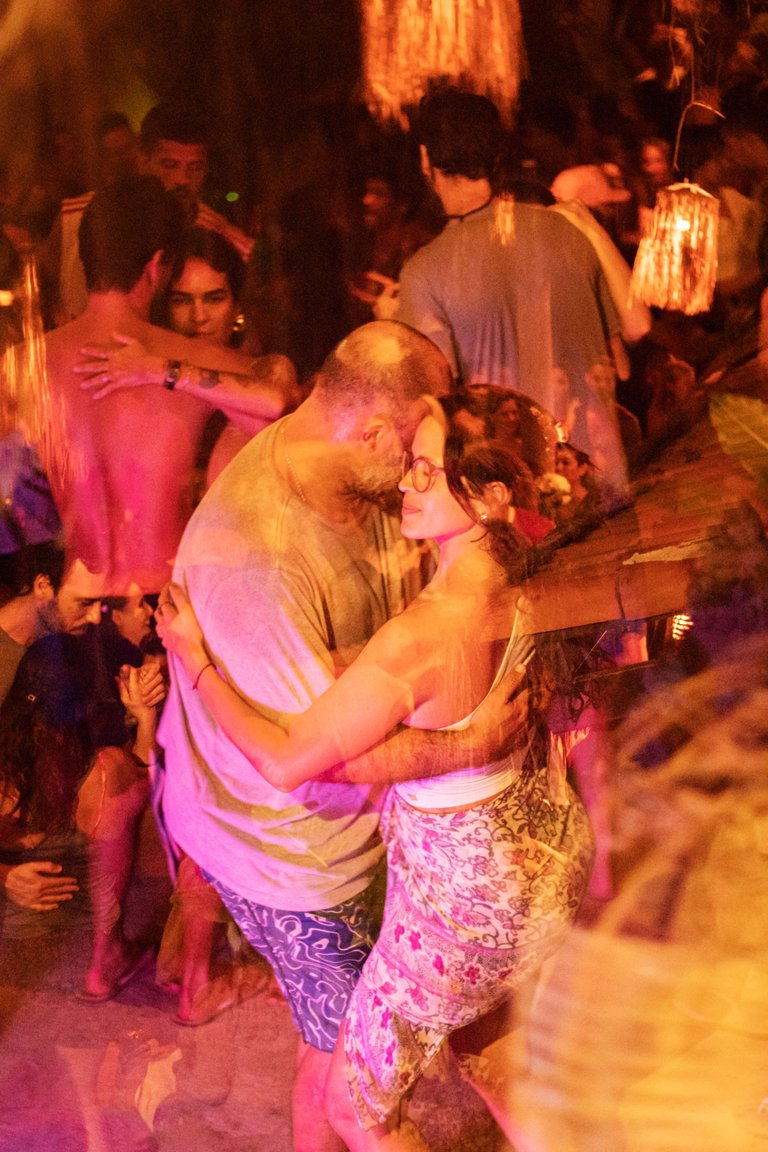
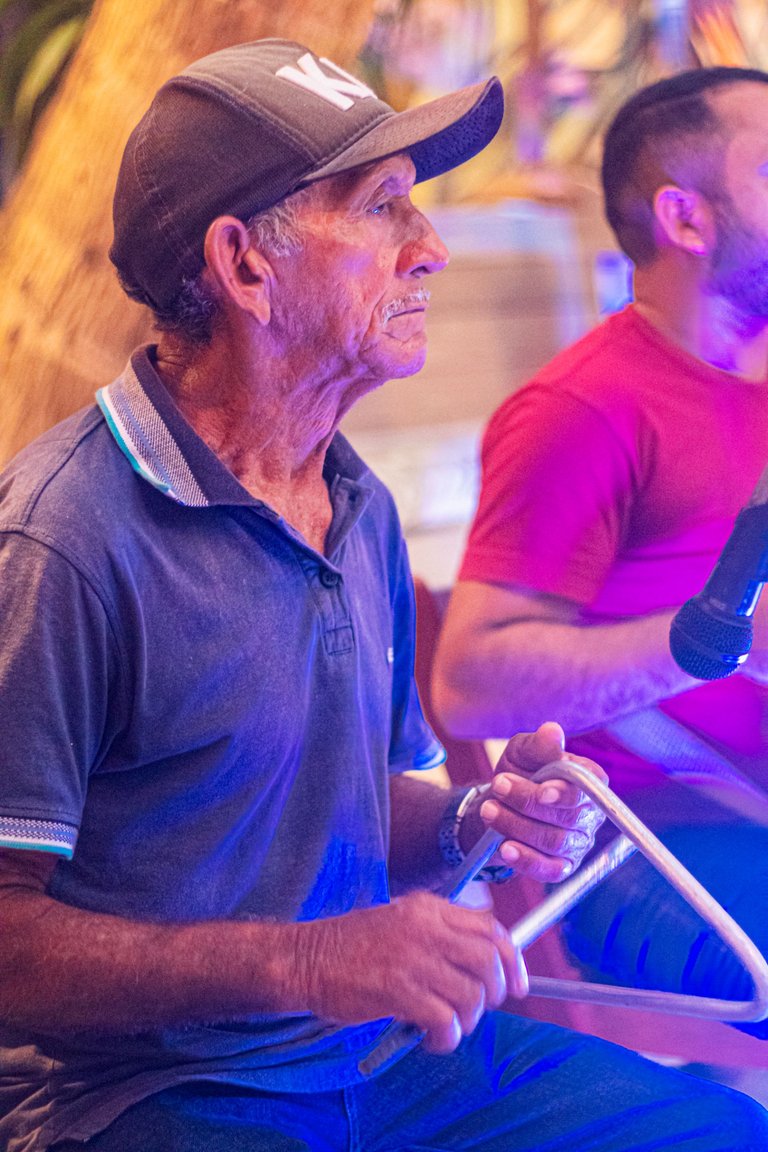
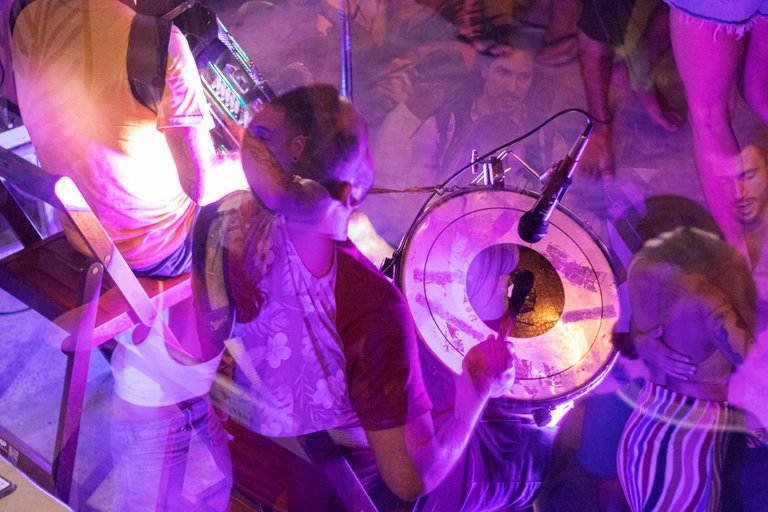
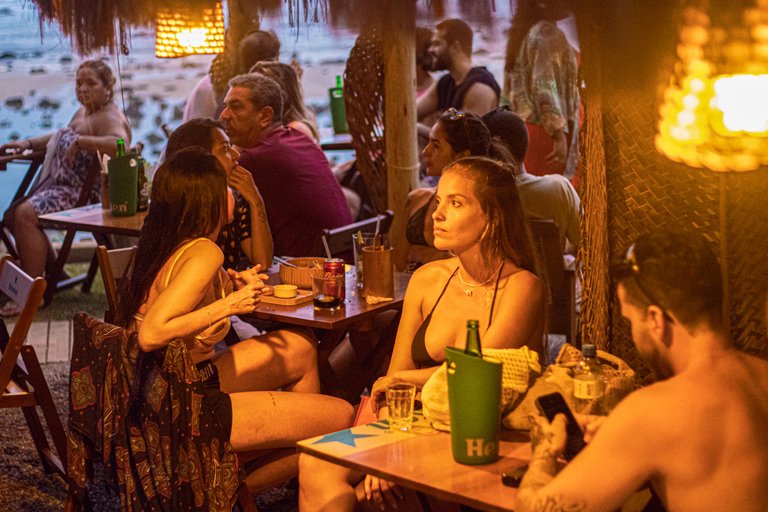
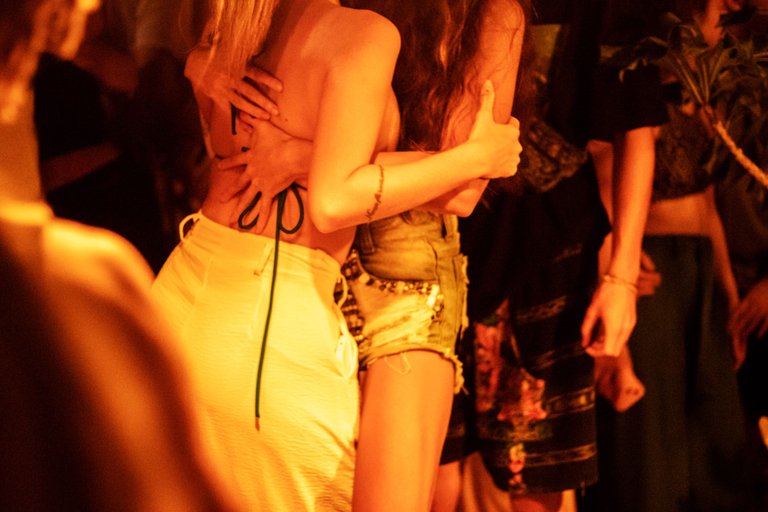

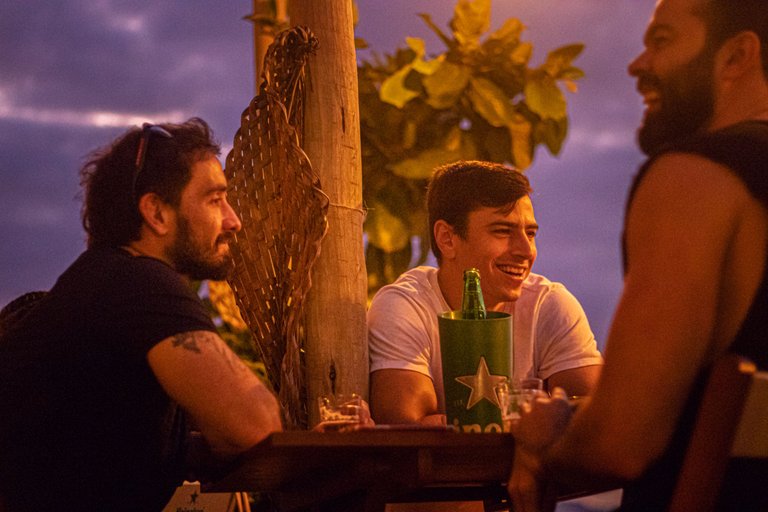
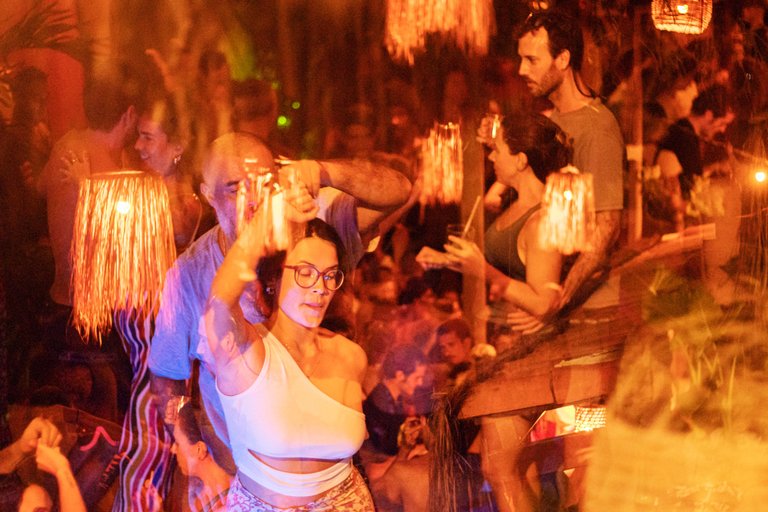
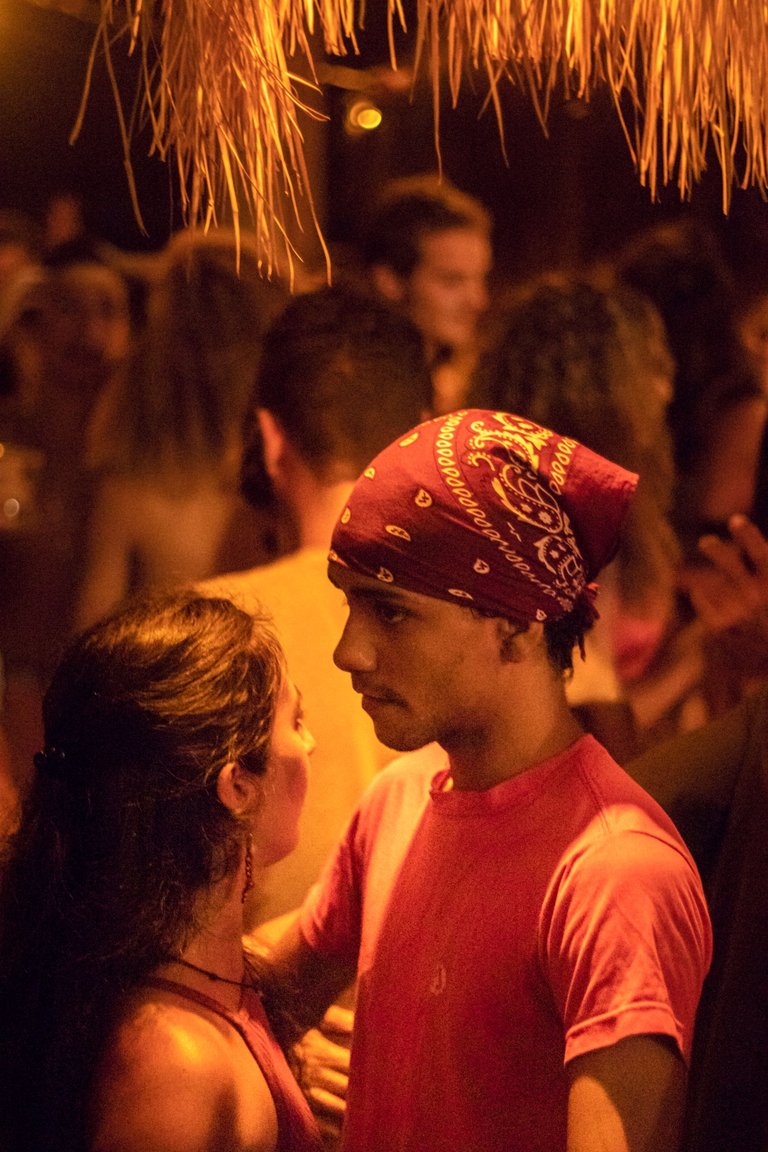
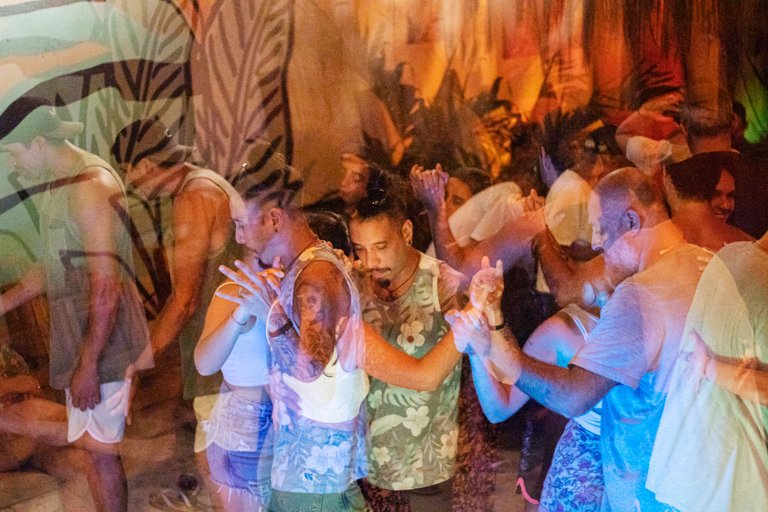
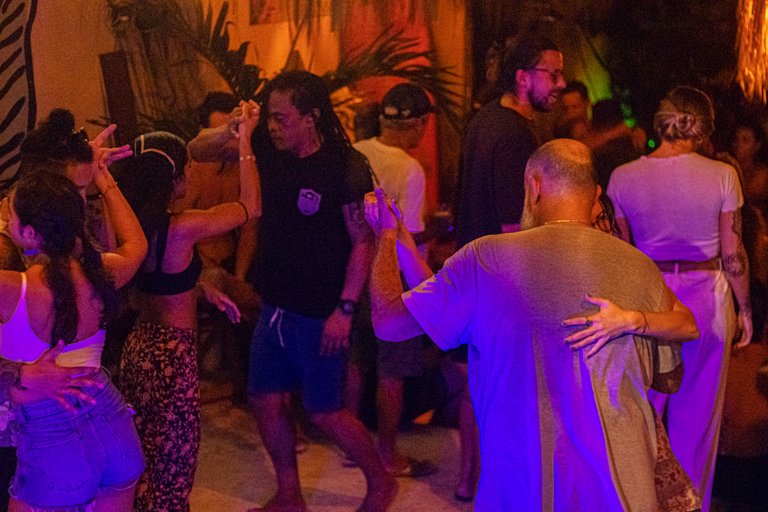
Photos by Nicolas Carreiro



